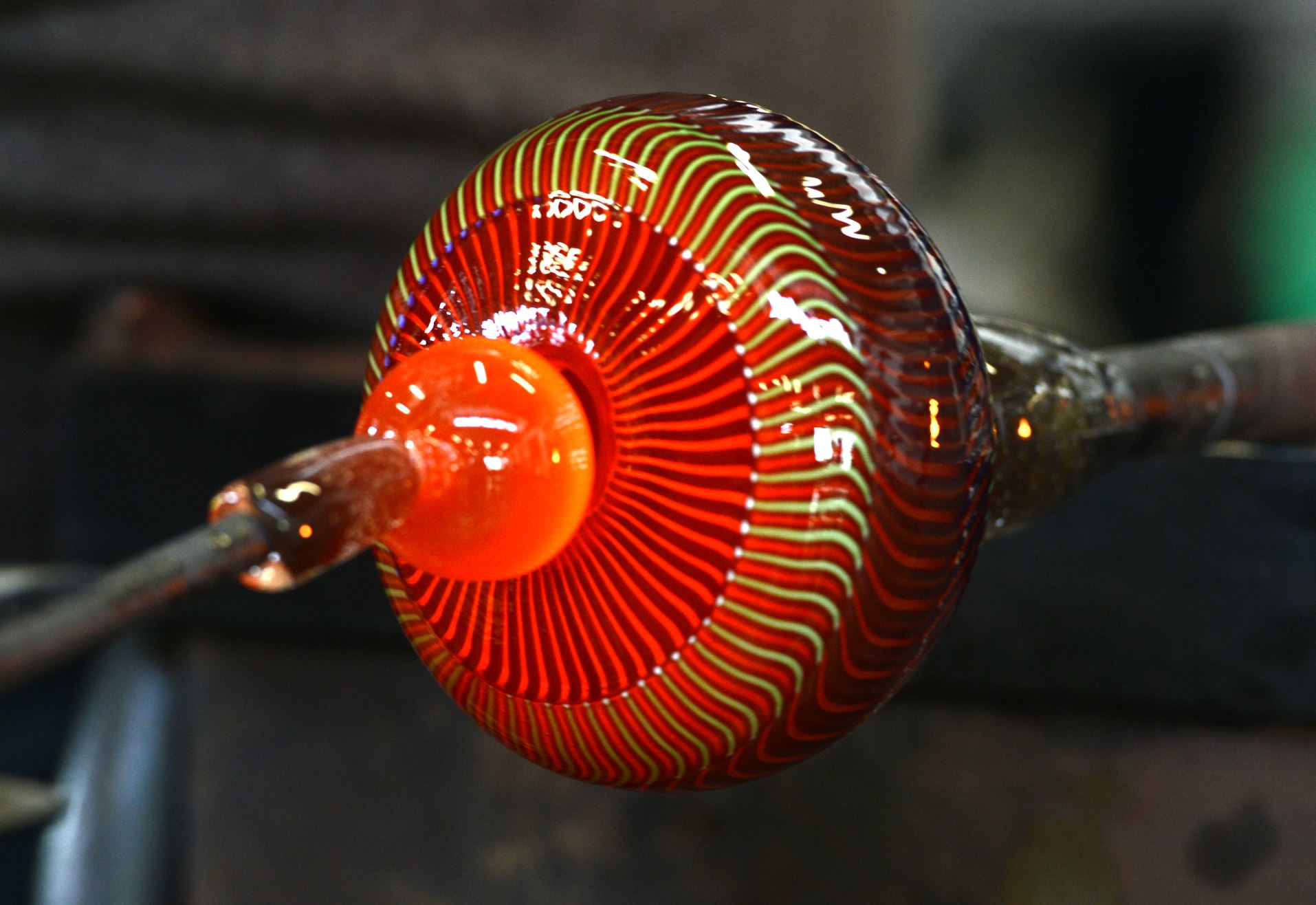349.HOW CAN GLASS BE BLOWN?
When glass is in a melted state, it can be “worked” in many ways. It can be blown, pressed, drawn, or rolled. For hundreds of years, the chief method of working with glass was blowing. The glass-worker gathered a ball of molten glass on the end of his blow-pipe and blew, just the way you would blow a soap bubble. Using his skill, he shaped the glass as he blew, and drew it out to the correct thinness. He kept reheating the glass to keep it workable, and then he would finish it with special tools.
In this way, many kinds of glass objects were made. Glass could also be blown into moulds and shaped in that way. Surprisingly enough, window glass used to be made by blowing a long cylinder of glass which was split and flattened to produce a sheet of glass. Of course, the size of these sheets was limited by the lung power of the glassblower!
Today, this method of blowing glass (called “freehand”) is still used to produce special scientific apparatus and very expensive and beautiful glass articles. But the demand for glass containers such as bottles became so great that efforts were made to create a glass-blowing machine, and finally in 1903 the first automatic machine for blowing glass was invented.
This machine uses a vacuum to suck in a sufficient amount of glass to form each bottle. First the neck of the bottle is molded. Then compressed air is turned on, and the finished bottle is blown. After that, the bottle is automatically annealed, which means it is cooled gradually to make it tough and strong. This machine can turn out more bottles in one hour than six men doing free-hand blowing can do in a day!
Later, another machine was developed for automatically blowing light bulbs, which made possible the wide use of electric light. Most of the world’s bottles, jars, tumblers, and other blown-glass containers are made by machine.



Leave a Reply